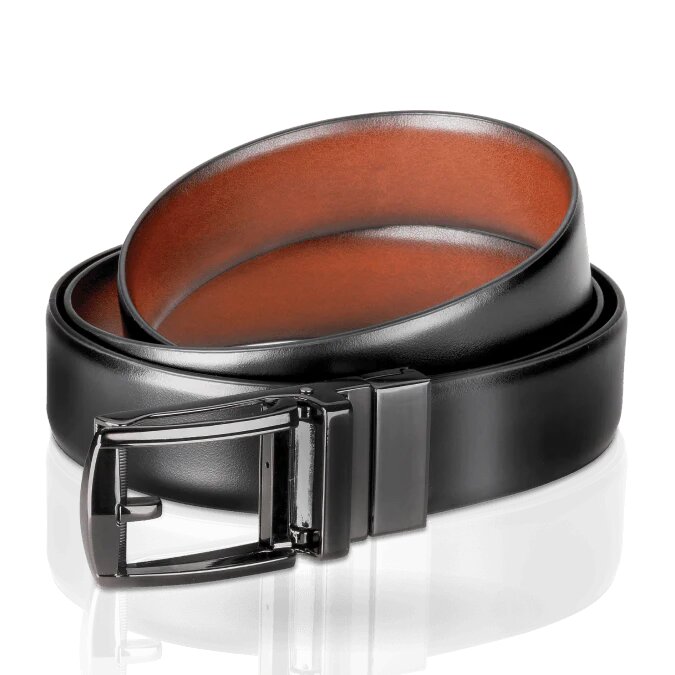
The adjustable belt, a staple in wardrobes around the world, represents a blend of practicality, style, and innovation. From its historical origins to its contemporary designs, the adjustable belt has evolved significantly, catering to a wide range of needs and preferences. This article explores the evolution, types, benefits, and the future of adjustable belts.
Historical Background
Belts have been used for centuries, primarily for securing clothing and carrying tools. The adjustable belt, however, is a relatively modern invention, reflecting advancements in both fashion and technology. Early belts were often made from natural materials like leather and fastened with simple buckles. As clothing styles became more varied and the need for comfort and versatility grew, the adjustable belt emerged as a solution to meet these demands.
Types of Adjustable Belts
- Traditional Buckle Belts: These belts feature holes along the strap and a buckle with a prong that fits into these holes, allowing for size adjustments. They are typically made from leather, synthetic materials, or fabric, offering both durability and style.
- Ratchet Belts: A modern take on the traditional belt, ratchet belts use a mechanism with a track system on the strap and a buckle with a locking system. This design allows for micro-adjustments, providing a perfect fit without the limitations of pre-punched holes.
- Elastic Belts: Popular in casual and athletic wear, elastic belts offer flexibility and comfort. They are adjustable by nature, expanding and contracting with movement, making them ideal for active lifestyles.
- Web Belts: Often used in military and outdoor activities, web belts are made from sturdy materials like canvas or nylon. They feature a clamp buckle that can be adjusted to any point along the strap, offering a highly customizable fit.
Benefits of Adjustable Belts
- Comfort: Adjustable belts ensure a snug and comfortable fit, accommodating changes in waist size due to weight fluctuations, clothing layers, or simply personal preference.
- Versatility: With their adjustable nature, these belts can be worn with a variety of outfits, from formal trousers to casual jeans, and even activewear.
- Durability: High-quality adjustable belts are designed to last, often made from robust materials that withstand daily wear and tear.
- Ease of Use: Many adjustable belts, especially ratchet and elastic types, are easy to use and adjust on the go, providing convenience for busy lifestyles.
The Future of Adjustable Belts
The future of adjustable belts looks promising, with innovations focusing on both functionality and sustainability. Advances in materials science are leading to the creation of belts made from eco-friendly materials, such as recycled plastics and biodegradable fabrics. Additionally, smart belts equipped with technology to monitor health metrics, such as waist size changes, are on the horizon, merging fashion with wearable tech.
Moreover, the trend towards customization and personalization in fashion is likely to influence the design of adjustable belts. Consumers increasingly seek products that reflect their individual style and needs, leading to more bespoke options in the market.
The adjustable belt, with its rich history and continued evolution, remains an essential accessory in modern fashion. Its blend of comfort, versatility, and innovation ensures that it will continue to adapt to the changing needs and preferences of consumers. Whether through advancements in materials, integration of technology, or increased customization, the adjustable belt is set to remain a cornerstone of practical and stylish dressing for years to come.